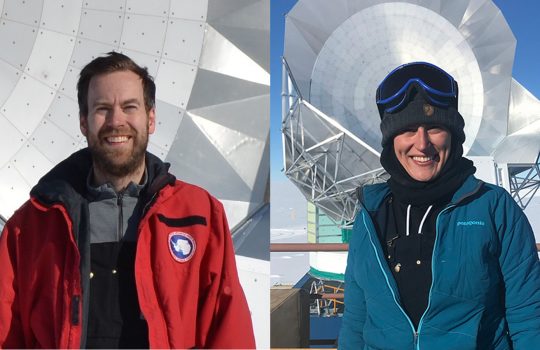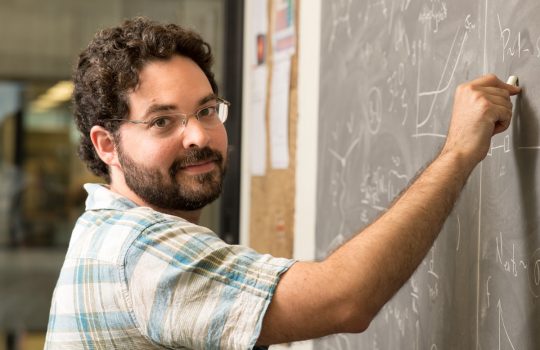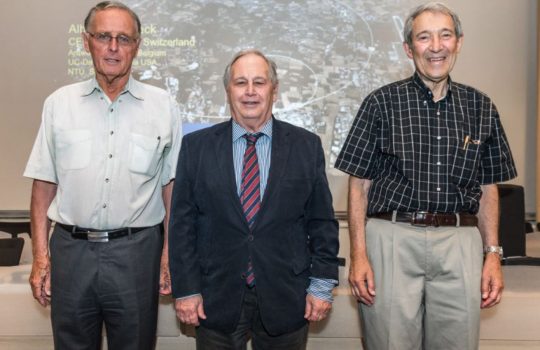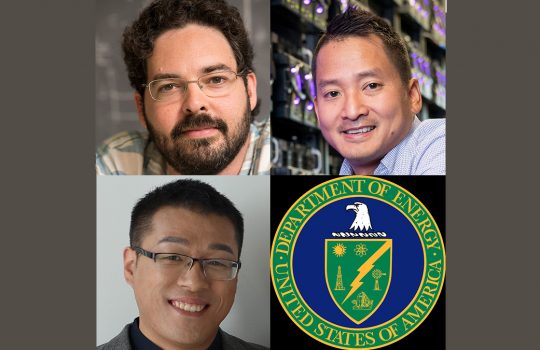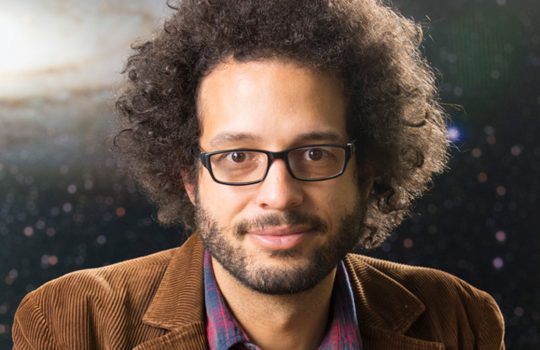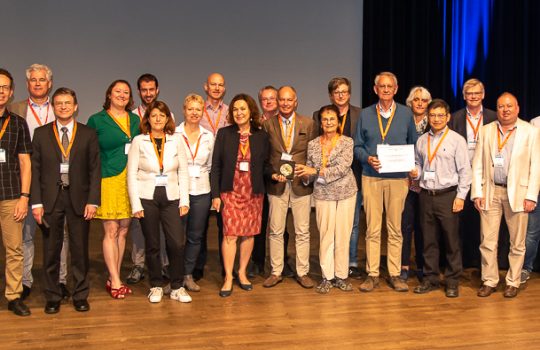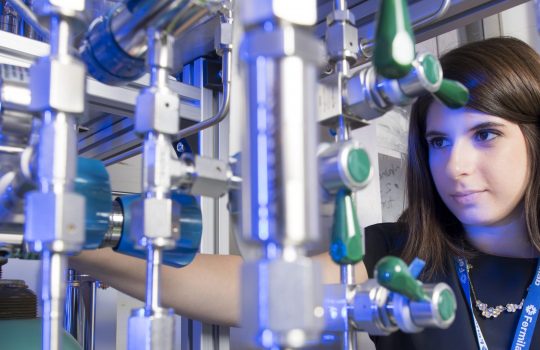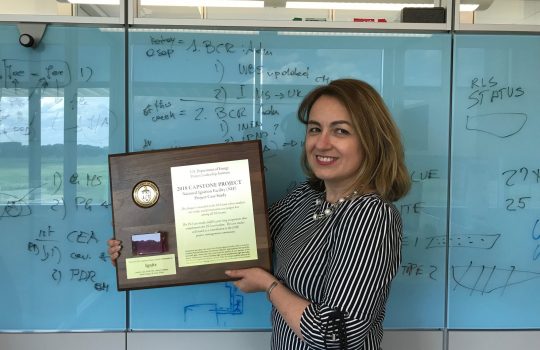Two Fermilab scientists share in 2020 Breakthrough Prize in Fundamental Physics
The Event Horizon Telescope collaboration, which announced the first image of a supermassive black hole in April, has won the 2020 Breakthrough Prize in Fundamental Physics. Fermilab scientists Bradford Benson and Alexandra Rahlin are among a large group of scientists who share the prize for their contributions to the achievement.

